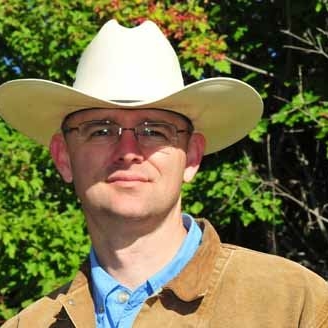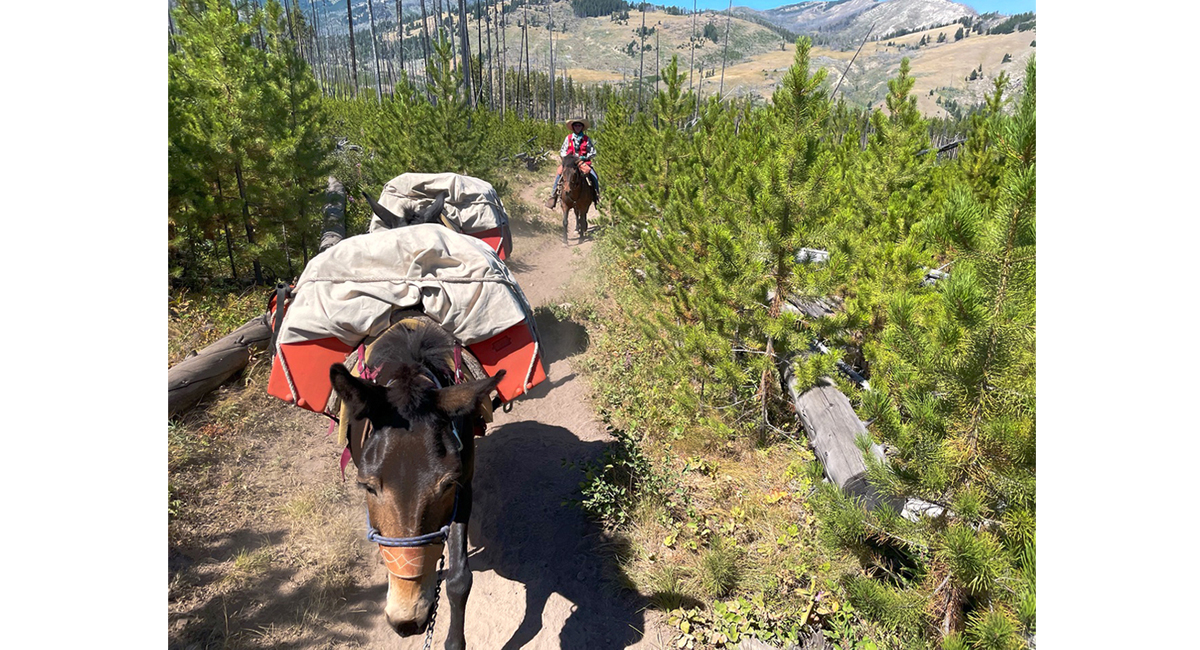Slow Down and Breathe for Effective Training
Mr. Thomas, my high school band director, was notorious for his temper. He’d hurl his baton at students when they didn’t follow his instructions. I was terrified of him.
Despite our rocky relationship, he instilled a few lessons in me that have stuck with me to this day. Picture a large man bellowing these commands at you as you struggle to hit the right note: You’re rushing! More air! More air!
These two commands still echo in my mind, even as I’ve transitioned from music to training my horses and mules. They’ve remained part of my internal dialogue during every training session in and out of the arena.
You’re Rushing!
Managing your own pace is one of the biggest challenges in training animals. Just like in music, the line between a successful and disastrous session often hinges on whether you’re rushing. The urge to push ahead in horse training can be overwhelming, especially when you’re eager to see progress or under a self-imposed deadline. But rushing can unravel everything. If you move too quickly, you’ll overlook the subtle cues your horse is giving you, such as a shift in body language or a change in breathing, leading to misunderstandings and setbacks or, worse, a scared horse.
The best trainers I know are patient. They might spend hours on a single aspect of a maneuver, ensuring the horse fully understands before moving on. This patience is critical to building a solid foundation. It might take longer initially, but the payoff is a well-trained animal that responds reliably.
When you’re rushing, it can be because you feel the pressure to produce quick results. But that’s a trap. Speed in training doesn’t come from pushing harder; it comes from building skill and understanding over time. Like in cinch-making, mule training, or playing an instrument, proficiency allows you to work faster without sacrificing quality.
But when you rush—especially if you’re unaware of it—you start making mistakes. You might push the animal too far or too fast, leading to confusion or fear. Before you know it, your training session is spiraling out of control, just like those notes that went awry in the Talawanda High School band room.
More Air!
This command might seem out of place in the arena, but it’s just as relevant here as it was in the band room. When Mr. Thomas shouted, “More air!” he demanded more effort, focus, and presence. In horse training, more air means more than just breathing, it’s a reminder to fully commit to what you’re doing, to be in the moment. It’s not just about going through the motions; it’s about putting in the necessary energy and attention to connect with the horse and communicate clearly.
In horse training, this translates to being fully engaged with the animal. It’s not just about going through the motions; it’s about putting in the necessary energy and attention to connect with the horse and communicate clearly. If you’re half-hearted, the critter will pick up on it, and the session will be less effective.
So, when you feel things slipping away, remember Mr. Thomas’s voice. Slow down, breathe, and bring your entire focus to the task. Whether at work, in the shop, on the trail, or in the arena, these lessons still guide me—and they might help you, too.
Slow is Smooth
Fast-forward to another chapter of my life. In the Marine Corps, I learned a mantra underpinning my approach to most situations: Slow is smooth, smooth is fast. This attitude emphasizes that efficiency and speed come from deliberate actions.
In a military context, rushing can lead to mistakes and injury. So, we practice movements slowly at first, perfecting our form before adding speed. This approach helps Marines build muscle memory for optimal efficiency. It’s not about being the fastest out of the gate but sustaining peak performance over long periods. This same approach also works when we’re working with our animals.
The idea is simple: by taking our time to get things right initially, we’re able to execute movements more smoothly—and eventually, faster. This principle can be the difference between achieving success or failing. So, take your time, be deliberate, and don’t yell; (Mr. Thomas was working with kids, not training horses).
For more thoughts on trail riding and camping with horses, you can pick up a copy of my best-selling book, The ABCs of Trail Riding and Horse Camping, from Amazon. You can also find more of my insights and the world’s most extensive guide to horse trails and camps at www.TrailMeister.com.
See this article in the November 2024 Online Digital Edition:
November 2024

Robert Eversole, ”the trail meister,” owns www.TrailMeister.com, the largest database of horse riding and camping areas in the U.S. with free trail and trailhead information, trail maps, and much more to help horse enthusiasts experience the joys of trail riding. Robert is a registered riding instructor with PATH International, a mounted search and rescue team member, and a U.S. Marine who has served on the board of the Backcountry Horsemen of Washington (BCHW). He is enjoying his new career helping fellow trail riders stay found and safe on the trail. When not on the trail, The Trail Meister resides near Spokane, WA and teaches land navigation to a wide variety of outdoor groups across the nation. For North America’s largest horse trail and camping directory, trail tips, and more, visit www.TrailMeister.com.






